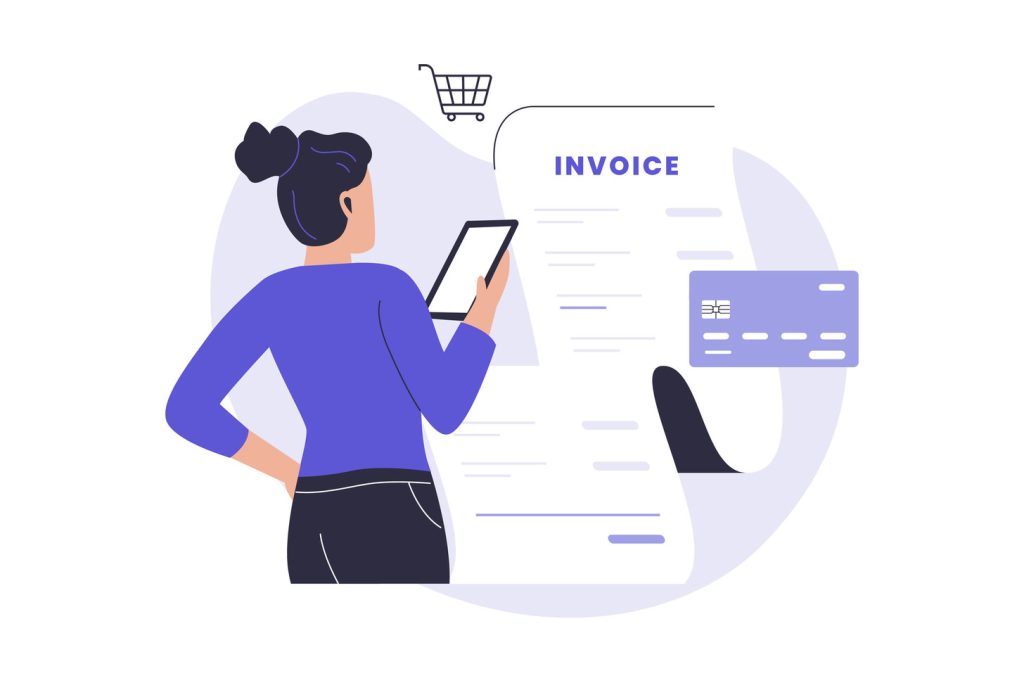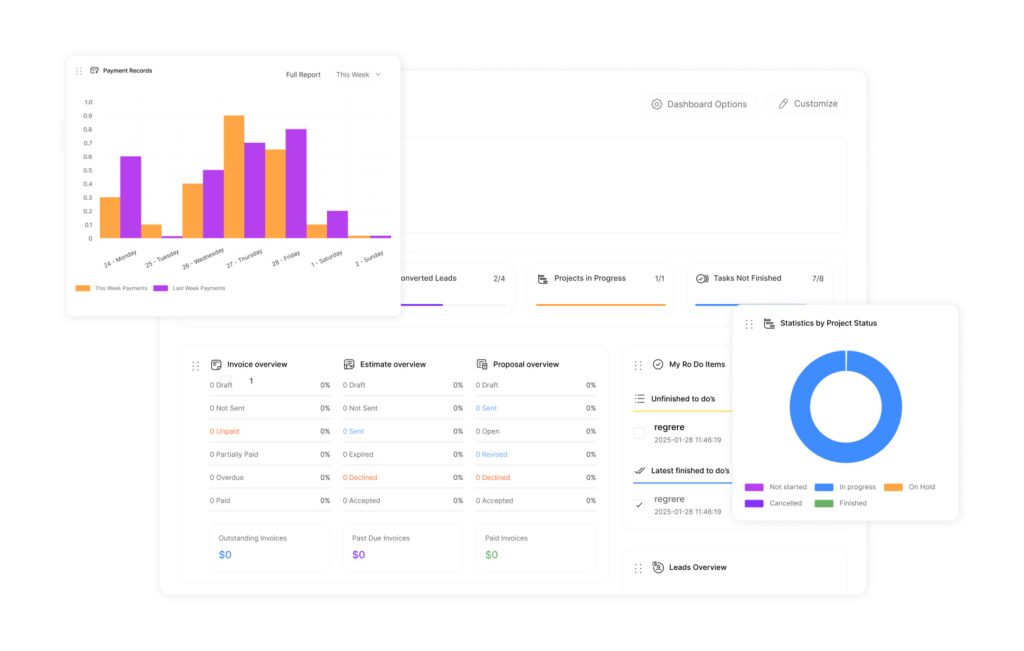Simplify Order Management with Reliable Order Tracking

Modern businesses face growing demands for transparency across global supply chains. With over 12 billion shipments tracked annually through universal platforms, companies now require tools that turn logistical complexity into competitive advantage. Advanced solutions bridge gaps between warehouses, carriers, and customers—delivering clarity at every stage.
Leading platforms support 2,500+ carriers and operate in 220+ regions, creating a unified view of cross-border logistics. Multilingual interfaces and real-time updates eliminate guesswork for both businesses and shoppers. This visibility reduces customer service inquiries by up to 40% while building brand trust through proactive communication.
Efficient operations rely on more than basic status updates. Professional tracking systems generate actionable insights about delivery patterns, carrier performance, and regional bottlenecks. Companies using these tools report 22% higher retention rates as customers appreciate consistent communication and reliable timelines.
Integration capabilities separate effective solutions from basic trackers. Seamless connections with existing e-commerce platforms and ERPs enable automated workflows. This consolidation reduces manual oversight while providing customers self-service access to shipment details—streamlining operations from backend to checkout.

Key Takeaways
- Real-time updates minimize customer uncertainty across 220+ global regions
- Multi-carrier support simplifies cross-border logistics management
- Transparent communication builds trust and encourages repeat purchases
- Data analytics reveal opportunities to optimize delivery networks
- System integrations create unified workflows for operational efficiency
Introduction to Order Tracking Solutions
Operational efficiency hinges on one critical factor: actionable logistics insights. Modern platforms transform raw carrier updates into strategic advantages, offering granular visibility across every shipment phase. From initial scans to customs clearance, these systems decode cryptic status messages like “Arrival at inward office of exchange” into clear progress indicators.
The Power of Precision in Logistics
Accurate data forms the backbone of effective supply chain management. Businesses leveraging professional tools gain real-time updates on package locations, delivery timelines, and potential delays. This transparency proves vital during customs processing—where 78% of international shipments face 2-10 day hold times—allowing companies to adjust expectations proactively.
Sophisticated platforms aggregate information from 2,500+ carriers into unified dashboards. Teams no longer waste hours checking multiple websites. Instead, automated alerts highlight critical milestones, from electronic data receipt to final delivery confirmation.
Strengthening Operations Through Clarity
Reliable parcel monitoring directly impacts customer experiences. When businesses share detailed status updates, support inquiries drop by 40% as shoppers self-serve information. Proactive notifications about customs scans or carrier transfers build trust while reducing operational bottlenecks.
Advanced systems also fuel smarter inventory decisions. Warehouse managers use delivery timeframes to optimize stock levels, preventing overordering or shortages. By aligning logistics data with sales forecasts, companies achieve leaner operations and higher profit margins.
Our Advanced Order Tracking Services
Professional logistics solutions now deliver unprecedented precision through API-driven integrations spanning 2,500+ global carriers. These services maintain 99% accuracy rates in parcel monitoring, transforming scattered data streams into unified operational dashboards. Businesses gain real-time visibility across every shipment phase—from warehouse dispatch to final delivery.
Flexible service tiers cater to diverse needs. A free consumer app serves 15 million users with auto-tracking for personal packages, while enterprise solutions integrate directly with platforms like Shopify. Retailers using these tools report 35% fewer support requests by answering “Where is my order?” inquiries proactively through embedded tracking features.
Advanced platforms eliminate carrier fragmentation. Consolidated interfaces let teams monitor thousands of shipments simultaneously, whether managing regional deliveries or cross-border parcels. Bulk tracking capabilities streamline oversight for high-volume operations, with customizable filters highlighting exceptions or delays.
Automation drives efficiency at scale. Webhook functionality triggers instant notifications for status changes, enabling businesses to update customers automatically. This real-time communication strengthens brand trust while freeing staff to focus on strategic tasks rather than manual updates.
Technology and Carrier Integration
Seamless logistics operations demand robust technological frameworks that unify disparate systems. Modern platforms achieve this through deep integrations with 50+ global carriers, including UPS, FedEx, and regional specialists like NinjaVan. This network ensures consistent tracking whether packages move via air freight or last-mile tuk-tuk.
Global Carrier Partnerships and Multi-Platform Support
Leading solutions connect businesses to 2,500+ shipping providers through single API integrations. When a customer in Malaysia selects GDEX for local delivery or a U.S. retailer uses USPS SurePost, the system automatically adapts. Multi-carrier dashboards display real-time updates across all active services.
E-commerce platforms benefit from unified tracking widgets embedded directly into websites. These tools consolidate data from marketplaces like Shopify and carrier portals, eliminating manual cross-referencing. Teams manage international shipments and local deliveries through one interface.
| Carrier | Delivery Time | Unique Feature |
|---|---|---|
| UPS SurePost | 2-5 days | USPS last-mile integration |
| FedEx SmartPost | 3-7 days | Hybrid regional carriers |
| DHL eCommerce | 5-10 days | Customs pre-clearance |
Smart Shipping and Real-Time Updates
Advanced algorithms predict optimal carrier combinations based on cost, speed, and reliability. When a shipment transfers from FedEx to USPS in hybrid services, the system detects handoffs instantly. Customers receive automatic notifications about location changes or customs delays.
Continuous data streams from carrier APIs power minute-by-minute status updates. Logistics teams use this information to resolve bottlenecks before delays occur. A package stuck in Shanghai customs triggers alerts faster than traditional tracking methods allow.

Navigating International Shipment Challenges
Global shipping demands precision to overcome unique obstacles. Customs processes and security checks create friction points that delay 68% of cross-border shipments. Advanced monitoring tools transform these hurdles into manageable workflows.
Customs Clearance and Security Protocols
International packages face mandatory inspections lasting 2-10 days. Systems automatically flag restricted items and missing paperwork. When China Post EMS disinfects parcels twice, tracking platforms update estimated delivery windows instantly.
| Region | Average Clearance Time | Common Hurdles |
|---|---|---|
| European Union | 3 days | VAT documentation |
| United States | 5 days | FDA product checks |
| Asia-Pacific | 7 days | Language barriers |
Managing Transit Statuses and Delays
Complex updates like “Arrival at inward office of exchange” become actionable alerts. Logistics teams receive warnings if shipments idle for 48+ hours. Proactive systems suggest alternative carriers when scans stall.
Security failures trigger instant notifications. Packages facing return after 2-3 weeks prompt teams to reship faster. Real-time location data helps customers adjust expectations during delays.
Benefits for Businesses and Customer Experiences
Visibility drives value in modern commerce. Retailers using advanced logistics tools see measurable improvements in satisfaction and efficiency. These systems bridge operational gaps while aligning with customer expectations for speed and clarity.
Boosting Satisfaction with Clear Communication
Transparency transforms how shoppers perceive brands. When e-commerce platforms like Walmart display real-time parcel locations, customers check statuses 60% less often. This reduces “where did my package go?” anxiety, creating smoother post-purchase experiences.
| Delivery Model | Average Speed | Key Benefit |
|---|---|---|
| Amazon Same-Day | 6 hours | Reduces cart abandonment by 19% |
| eBay Standard | 3-5 days | Free returns increase repeat purchases |
| Shopee Express | 2 days | Regional carriers cut last-mile costs |
Cutting Costs Through Automation
Manual updates drain resources. ASOS reduced support tickets by 30% after automating shipment alerts. Systems sync with carriers like FedEx and DHL, converting raw data into customer-ready notifications without staff involvement.
Streamlining Logistics Networks
Data reveals hidden inefficiencies. H&M uses delivery analytics to reroute 15% of European shipments, avoiding customs delays. Retailers balance speed and price by comparing carrier performance across regions—a strategy adopted by AliExpress for cross-border sales.
Integrated tools help businesses match giants like Amazon. Small retailers using Lazada’s multi-carrier dashboards report 22% faster dispute resolutions. This levels the playing field in competitive markets.
Order Tracking Best Practices
Mastering logistics requires decoding carrier signals into actionable strategies. Operational clarity emerges when businesses transform raw updates into preventive measures and customer trust-building tools.
Interpreting Shipping Signals
Carrier alerts like “Electronic data received” often confuse teams. This status means sellers generated a tracking number but haven’t handed parcels to carriers. Professional systems flag these scenarios if no physical scan occurs within 48 hours.
Common red flags include:
- Extended “Shipping notice received” statuses beyond 72 hours
- Mismatched origin/destination scans
- Repeated customs clearance entries
Data-Driven Visibility Tactics
Real-time dashboards convert fragmented updates into coherent timelines. When a package tracking number shows multiple carrier handoffs, automated alerts explain delays to customers proactively. This reduces “Where’s my item?” calls by 37%.
| Status Pattern | Recommended Action |
|---|---|
| No scans after 3 days | Contact seller for shipment verification |
| Duplicate clearance entries | Initiate carrier investigation |
| Last-mile delays exceeding SLA | Offer compensation or reshipment |
Advanced protocols automatically escalate stalled shipments. Teams resolve issues before customers notice problems, preserving brand reputation. Educating clients about standard transit windows further minimizes friction during peak seasons.

Conclusion
Robust logistics systems now form the backbone of successful commerce. From individual consumers in the United States to multinational retailers, modern tracking solutions bridge gaps between expectations and reality. Seamless integration with e-commerce websites and mobile apps creates unified experiences where parcel status updates flow automatically to customers.
Businesses gain measurable advantages through enhanced transparency. Reduced support inquiries and faster dispute resolutions directly improve profit margins. Retailers using professional platforms report 28% higher repeat purchase rates as customers value consistent communication about delivery timelines.
Global expansion becomes manageable with multi-carrier tracking capabilities. Systems handling customs documentation and regional carrier handoffs enable smooth cross-border operations. Operational dashboards reveal optimization opportunities, from warehouse placement to carrier selection strategies.
Investing in advanced logistics tools pays long-term dividends. These solutions build customer trust through reliability while collecting data to refine fulfillment processes. As markets evolve, scalable tracking infrastructure ensures businesses adapt quickly—turning logistical complexity into lasting competitive advantage.

